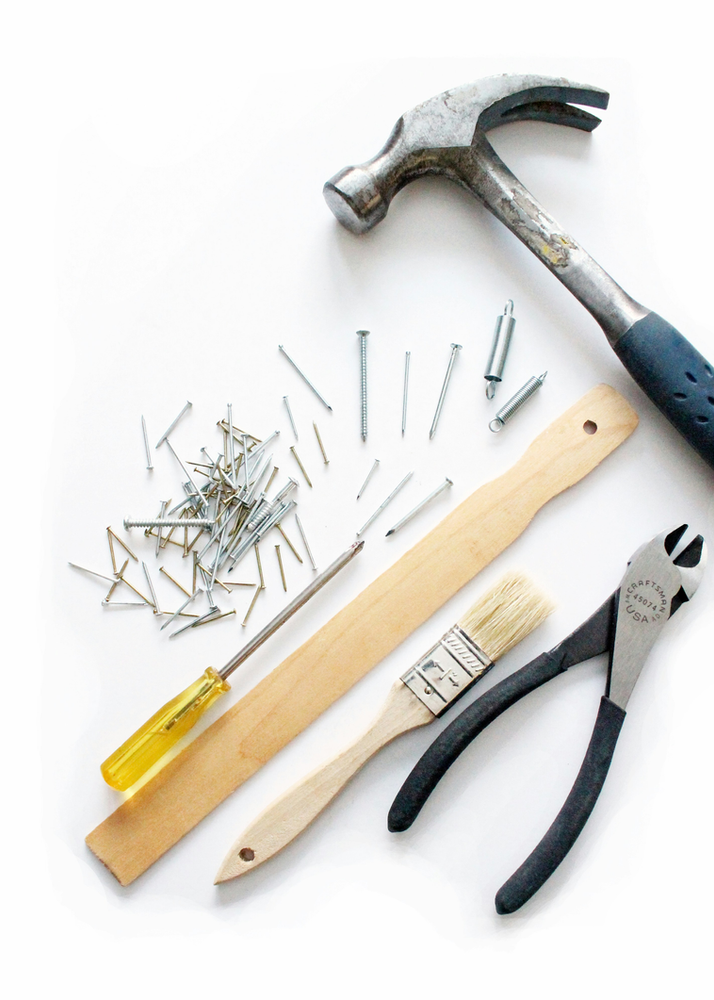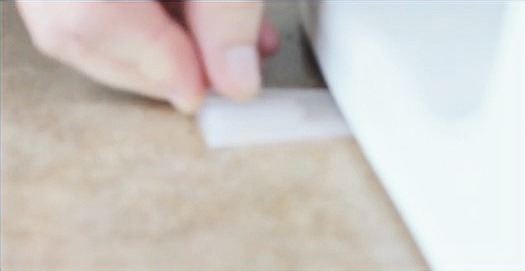Last Updated on June 14, 2024 by John Coleman

In the current era, where the idea of personalization has taken a significant leap, DIY (Do It Yourself) projects have become more than just a hobby – they’re a way to express individuality, enhance one’s living space, and even contribute to sustainability. If you’re a beginner, homeowner, or craft enthusiast looking to get your feet wet with DIY projects, you’ve come to the right place. This guide will walk you through the DIY basics, helping you set strong foundations for your future projects.
If you purchase through links on this site, we may earn a small commission. See our affiliate disclosure.
Understanding DIY – The Basics
1. Why DIY?
Before we jump into the how-to, it’s essential to understand the ‘why.’ DIY projects encompass a range of activities – be it home improvement tasks, crafting, or even making your clothes. The reasons people engage in DIY activities are just as varied; some look for cost savings, others for a personalized touch, while many seek the satisfaction of creating something with their own hands. Identifying your motivation will not only drive your learning process but also help you choose projects that align with your goals.
2. Setting Realistic Expectations
It’s easy to be ambitious and dream about replicating a complex project you saw on Pinterest or YouTube. However, it’s crucial, to begin with, realistic expectations. Starting with simpler projects can help you build confidence and gradually develop your skills. Remember, every expert was once a beginner. Patience and perseverance are your best allies on this journey.
3. Gathering the Right Tools

A craftsman is only as good as their tools. For a beginner, the array of tools available can be overwhelming. Start by creating a basic toolkit that includes essentials such as a hammer, screwdrivers, a measuring tape, a level, a utility knife, and adjustable wrenches. Over time, as you tackle more specialized projects, you can expand your toolkit accordingly.
4. Safety First
Before you start any DIY project, understanding the safety protocols is paramount. Always wear appropriate safety gear, which could include gloves, masks, or goggles, depending on the task at hand. Be sure to read the manuals for any power tools you’re using and never take shortcuts when it comes to safety.
Learning Resources for DIY Beginners
1. Online Tutorials and Videos
The internet is a treasure trove of information. Platforms like YouTube have countless tutorials catering to all skill levels and project types. Channels dedicated to DIY often break down projects into manageable steps, making it easier for beginners to follow along. However, be discerning in choosing which tutorials to trust; look for ones that are detailed and from reputable sources.
2. Classes and Workshops

Many community centers, hardware stores, and even some libraries offer classes and workshops for DIY enthusiasts. These sessions can provide hands-on experience under the guidance of experts. They’re also a great opportunity to meet fellow DIYers and share tips and tricks.
3. Books and Magazines
While digital resources are readily available, don’t underestimate the value of a good book or magazine. There are numerous publications dedicated to DIY projects across different categories. These resources often provide step-by-step instructions and detailed illustrations, making them invaluable for beginners.
4. Forums, Blogs, and Online Communities
Forums, blogs, and online communities are great for getting advice and inspiration from other DIYers. You can also share your own experiences and projects, ask for help or recommendations, and engage in discussions on various topics related to DIY. These platforms offer a wealth of knowledge and support for beginners looking to improve their skills.
Being Mindful of Your Limitations
Before you jump into the world of DIY, it’s essential to be mindful of your limits. It’s easy to get carried away and attempt projects that are beyond your current skill level. While it’s good to challenge yourself, taking on a project that is too advanced can lead to frustration and even accidents. Start with simple projects and gradually work your way up as you gain more experience.
Starting Your First Project
1. Choose Something You’re Passionate About
Your first project should be something you’re excited about or solves a problem you currently have. This enthusiasm will keep you motivated throughout the learning process. Whether it’s repainting a piece of furniture, creating a simple piece of artwork, or fixing a leaky faucet, choose a project that sparks joy.
2. Plan and Prepare
Once you’ve chosen your project, thorough planning and preparation are key. Gather all the materials and tools you’ll need beforehand. Sketch out your plan or create a checklist to ensure you don’t miss any steps. This prep work can greatly influence the success of your project.
3. Take Your Time
Rushing through a project can lead to mistakes. Take your time to understand each step and execute it with care. If you’re following a tutorial, don’t hesitate to pause and rewatch sections as needed. Remember, the goal is to learn and improve, not just to finish quickly.
4. Document Your Process
Keeping a record of your project, through notes or photos, can be incredibly helpful. Documentation will not only allow you to track your progress but also provide valuable insights for future projects. Plus, sharing your DIY journey can inspire others to start their own.
5. Celebrate Your Accomplishments
Completing your first DIY project, no matter how small, is a significant achievement. Celebrate your accomplishments and be proud of what you’ve learned and created. Use this momentum to tackle your next project, applying the lessons you’ve learned along the way.
Final Thoughts
Starting your DIY learning journey is an adventure filled with creativity, challenges, and endless possibilities. By equipping yourself with the right tools, resources, and mindset, you’ll be well on your way to mastering the art of DIY. Remember, every mistake is a learning opportunity, and every project brings you one step closer to becoming the skilled DIYer you aspire to be. Go DIY!!
Frequently Asked Questions
Can I learn DIY skills on my own?
Absolutely! With the wealth of resources available online, you can easily learn and improve your DIY skills on your own. Just remember to start small, take your time, and don’t be afraid to make mistakes.
Do I need expensive tools to do DIY projects?
No, you don’t. While having high-quality tools can make the job easier and more efficient, there are many budget-friendly options available. Start with the basics and gradually invest in tools as you progress in your DIY journey.
How do I know which projects to start with?
Consider your interests, skill level, and available resources before choosing a project. It’s also helpful to start with smaller, simpler projects and work your way up to more complex ones.
Where can I find DIY project ideas?
You can find plenty of inspiration and project ideas through online platforms like Pinterest, YouTube, and DIY blogs. You can also come up with your own ideas by looking around your home and identifying areas that could use improvement or renovation.
Is it okay to ask for help when working on a DIY project?
Yes, asking for help is always a good idea. Whether it’s from a friend, family member, or a professional, having someone experienced to guide you and offer advice can prevent mistakes and ensure your project turns out the way you want it to.
How do I handle challenges or setbacks in DIY projects?
Remember that challenges and setbacks are part of the learning process. Stay patient, research solutions, and don’t be afraid to ask for help. You will become more confident and skilled with each project you tackle. Additionally, don’t forget to celebrate your successes, no matter how small they may seem. Every DIY project completed is a step towards becoming a more self-sufficient and independent individual.







